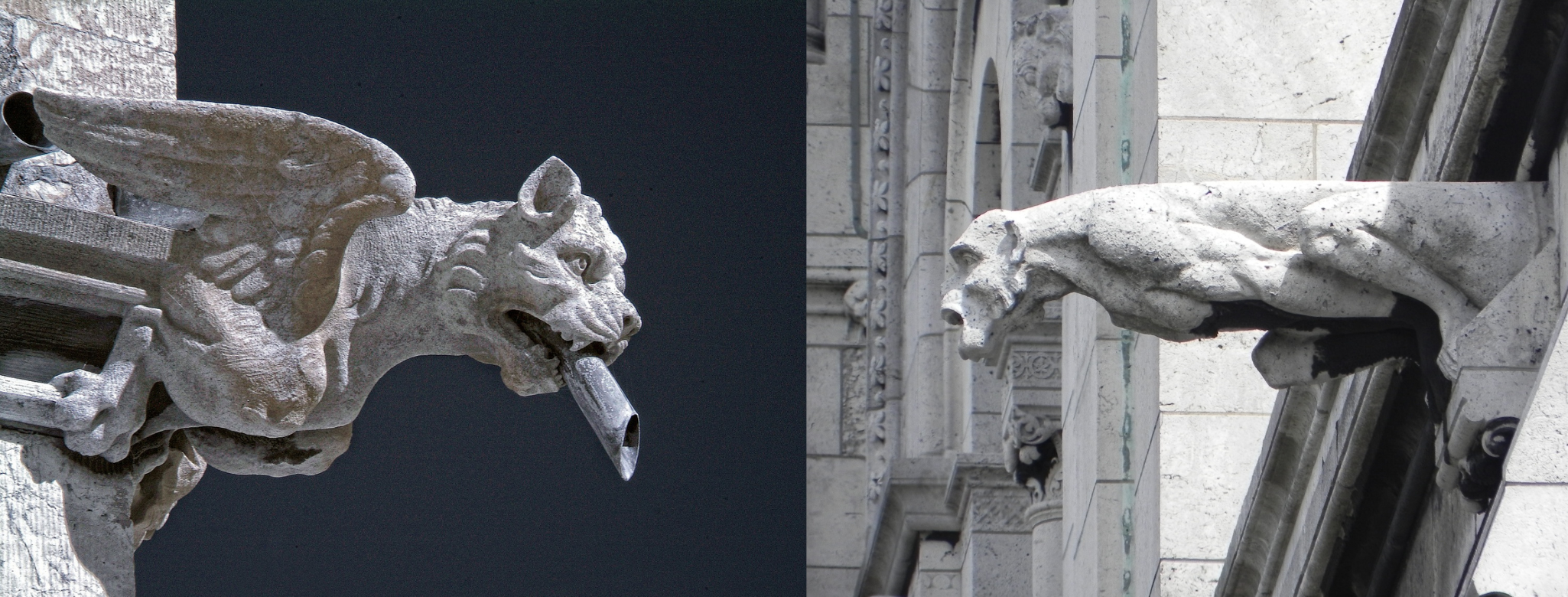Honour a Gargoyle Tradition with Archer Adams 18th Century Inspired Umbrella

While many of us have seen gargoyles adorning the sides of 18th-century-looking buildings as we walk by, very few of us think about their meaning or their origins. Who are these stone creatures who dutifully guard cathedrals and historic buildings across the world? The word “gargoyle” comes from the French “gargouille,” which means throat or gullet. Traditionally, gargoyles were used as makeshift waterspouts, catching rainwater with their outstretched, open mouths. Rain, thusly, runs down their gullets, bringing their name full circle to their language of origin. You may have seen stone critters on the sides of a cathedral, castle, or another Gothic looking structure, that do not appear to be serving as rainspouts. Those little demons are simply called “grotesques,” as they cannot be classified as gargoyles without that water spouting feature.
The Origin of the Gargoyle
In ancient Egypt and Greece gargoyles most commonly took the form of animal heads including mystical creatures such as dragons. What better way to honour these traditional gargoyles who keep rainwater off of roofs than sporting an umbrella with a gargoyle-esque embellishment?
Medieval artists portrayed the lion as the first animal on the arks as lions were the first animals to be described in the bestiaries. The Archer Adams Lion Umbrella features a beautiful and ferocious lion head, silver plated and attractive. The magnificent Eagle Umbrella harkens back to the traditional look of ancient gargoyles. Their presence on the umbrella only makes sense, as umbrellas wick rainwater away from their holders, just as gargoyles have traditionally served as rain gutters. A fanciful and luxurious Dragon Umbrella will not only add a little class to your everyday strolls, it will also keep a smile on your face, as any outfit becomes a bit more whimsical with this umbrella in toe. Additionally, you can think of your Mastiff Dog Umbrella as a sort of personal gargoyle, keeping your safe from excess rainwater, and warding off bad luck, as gargoyles were often thought to do.




